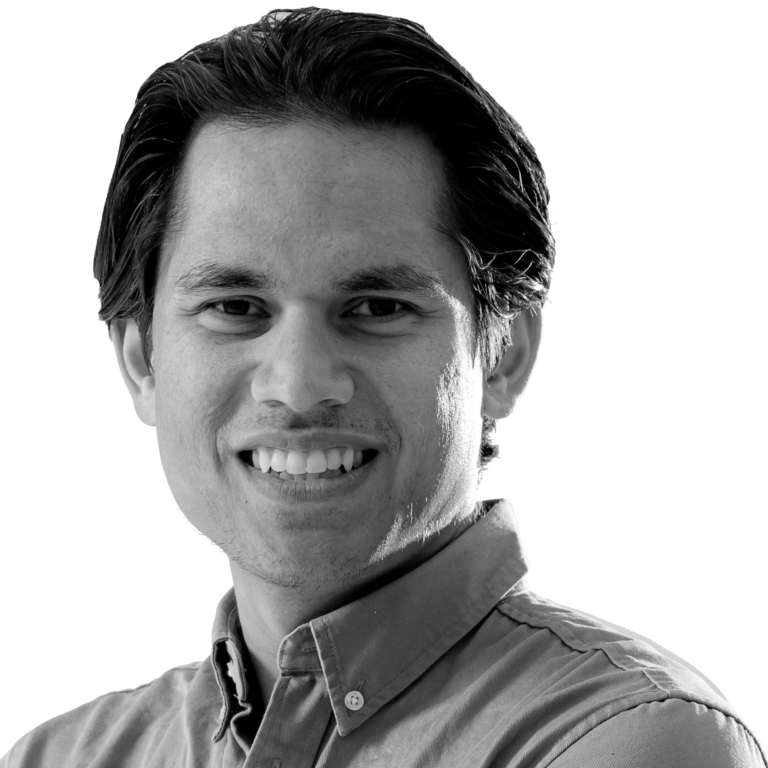If America sat on its mighty hands in the 1940s it might actually be Australia harpooning whales for dinner these days.
And likewise, we have the Yanks to thank for transistor radios, light bulbs, the polio vaccine, and all manner of other mindless things we take for granted. And now we might have something new to add to this list, thanks to the Yanks’ penchant for big-block grunt.
You see, Mazda will take any opportunity to crow on about the lightweight ethos of its iconic MX-5 convertible. More power is not its philosophy, it might say. And the Japanese brand has clung to its guns resolutely if nothing else. (We sorta get their point, but we can’t help but think the price has been just as carefully considered as any Colin Chapman-esque antics. Power costs.)
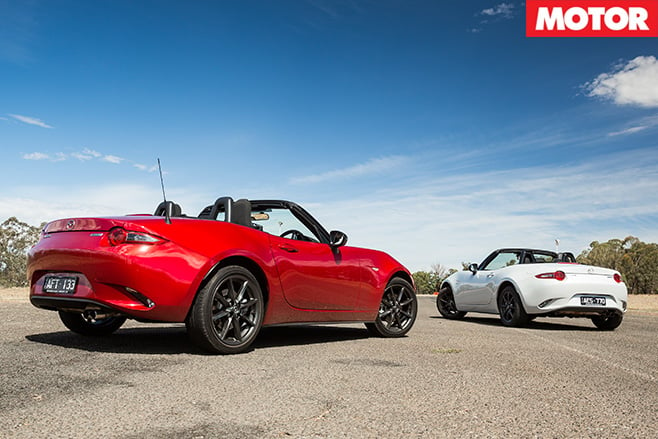
For the ND MX-5 to get serious traction in the US market it needed a donk that messed with the actual traction. And so for its latest, fourth-generation car, Mazda is trying a new strategy in offering a ‘big block’ (the most dubious use of that term, ever) MX-5, a 2.0-litre, alongside the smaller, rortier MX-5 1.5.
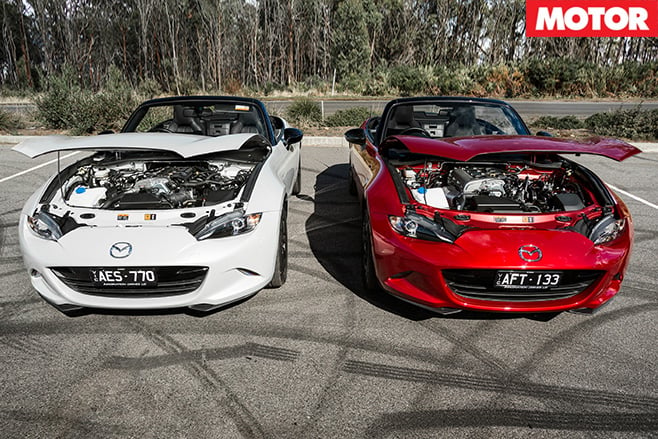
To some extent the Americans’ demand for more kilowatts from the MX-5 is shared in Australia. Since time began the MX-5 has copped flak for lacking horsepower, but in fact it’s us Aussies who are especially guilty of adding the tabasco sauce to taste, turbocharging during the second-generation with the Oz-only, Prodrive-built SP.
And then there was the tamer but factory-built SE (also our doing). Both cars disappeared quick as they came, hurried off as a limited edition or by a new generation.
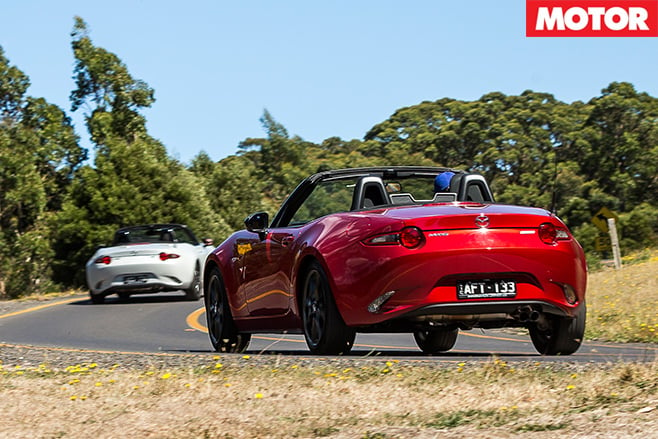
Despite the war on grams the MX-5 2.0-litre weighs 24kg more than the 1.5, due to bigger wheels (17s v 16s), tyres (205mm Bridgestones v 195mm Yokohamas), dampers, and brake discs (280mm v 258mm).
The 2.0-litre doesn’t rev as hard as its 1.5-litre baby brother, either. Both engines sport an undersquare bore/stroke ratio, but a full counterweight steel crankshaft in the 1.5-litre lets it spin to 7500rpm, or 700rpm more than the 2.0-litre. While peak torque for both engines arrives virtually at the same rpm, peak power crests 1000rpm apart, the 1.5-litre’s 96kW lobs at 7000rpm to the 2.0-litre’s 118kW at 6000rpm.
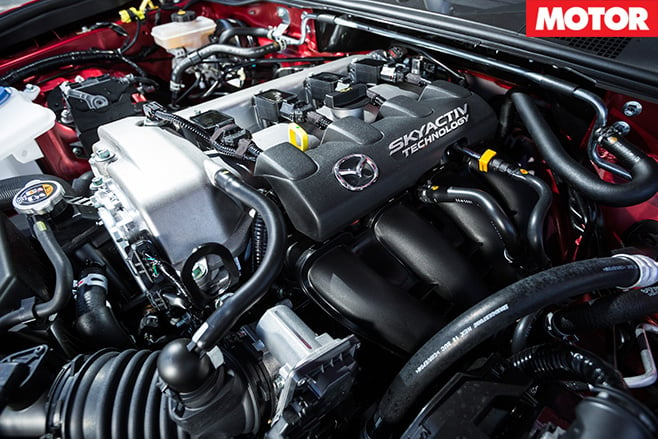
Pointing our Soul Red, muscled-up 2.0-litre down Heathcote’s Raceway, you’ll need 3500rpm before quickly stepping off the clutch. Nail it and you’ll catapult forward in a frenzy of tyre squeal, knocking off 100km/h in 6.97 seconds before tagging 400m in 14.98.
Launch technique is identical in the 1.5-litre but you’ll need to apply another 1500rpm. No real surprise it lags by a second to 100km/h (7.9sec) and is almost eight tenths behind at the quarter mile mark (15.76sec) but no less interesting. Plus, dare we say, it’s more fun.
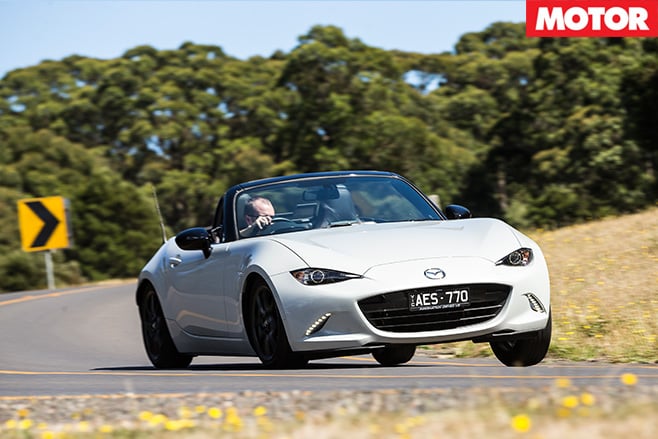
With another 600rpm available the smaller 1.5-litre also sounds better, more rortier. That said, even with both donks blaring through a plumbed intake tract and tuned exhaust system you wouldn’t set either as your ringtone.
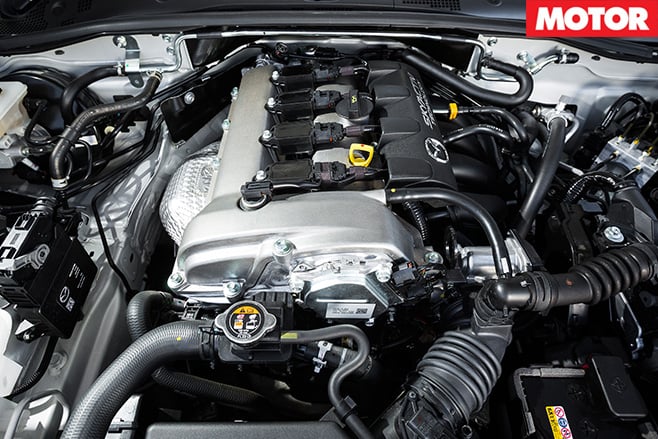
Approaching corners the 2.0-litre’s brakes feel acres stronger than the 1.5’s. With firmer springs, a wider footprint and upsized braking hardware, the 2.0-litre avoids any dramatic dive when you hit the stops. Unlike the 1.5-litre, which is almost theatrical in its dive, roll and squat. (Okay, maybe dive and roll.)
The 2.0-litre’s firmer suspension marries up well with the extra rubber, the result being you can attack harder and cover ground quicker, easily able to pull a sizeable gap on the 1.5. But where the 2.0-litre’s suspension feels firm, the 1.5’s setup is, as alluded, a fair bit softer. But it’s not necessarily for the worse.
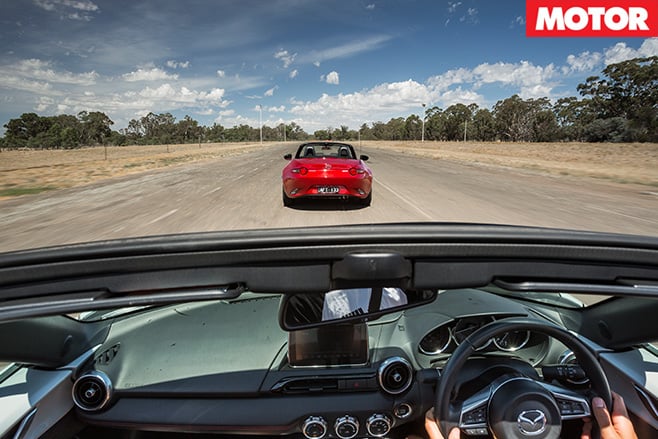
And you quickly learn that this is not a car you jump in and prod the ESP off, the 1.5-litre eager to oversteer at the smallest of provocations. And on those skinny 195s it’s either happening at a nice, safe, low speed, or much earlier than you were expecting.
In fact driving the 1.5-litre fast takes real skill, and in turn it can be educational. Accelerate too early and you’ll pick up understeer. Likewise you’re forced to be smooth and look further down the road. If Mr Myagi (from The Karate Kid, where’s your culture?) was ever reincarnated as a car, it’d be this.
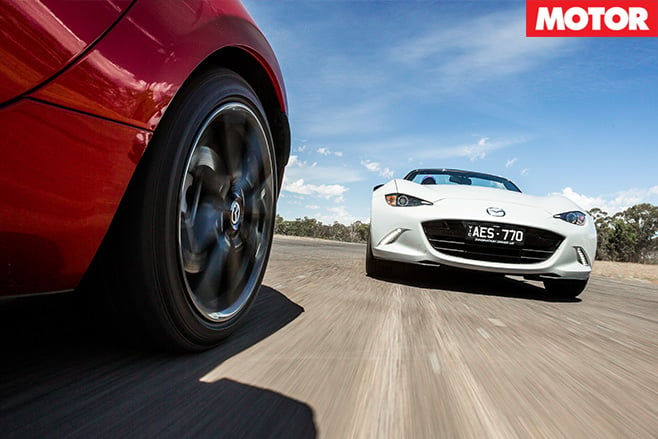
But, in general, driving both back-to-back reveals two surprisingly different cars. With more grip and firmer suspension the 2.0-litre is the meaner, faster cornering device – more of a traditional performance car as we would know around these parts – responding well to having its scruff grabbed and thrown about.
Or at least it’ll tolerate a more ham-fisted, aggressive driving style. Load up the outside rear and squeeze the gas out of a corner and it’ll even serve up a side-step necessitating a quick steering correction. Yep, power oversteer, junior-burger style.

That’s not to say it’s slow, but there might be a long adjustment period downgrading your Renault Sport Megane to a 1.5-litre MX-5. It gets a lot out of its 96kW and feels faster than it is, owing as much to its lack of sound deadening as its peaky 7500rpm redline. But be in no doubt, the 2.0 is much faster.
It’ll dispose of L-platers quicker, 80-120km/h disappearing 1.5sec faster in third (4.8sec). And, unlike the 1.5, it won’t necessarily require the next lowest gear in anticipation of a long hill.
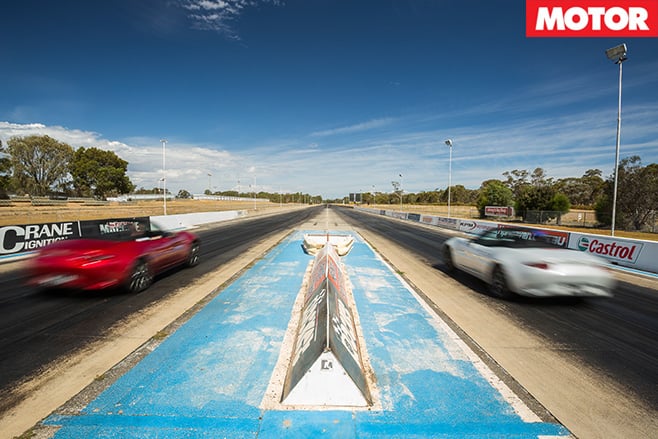
To save weight you can only adjust the steering wheel for tilt, not for reach, so it can be tricky to get yourself in the perfect position, but whatever you arrive at, you do get used to. Taller drivers should fit under the roof without too much hassle, as well.
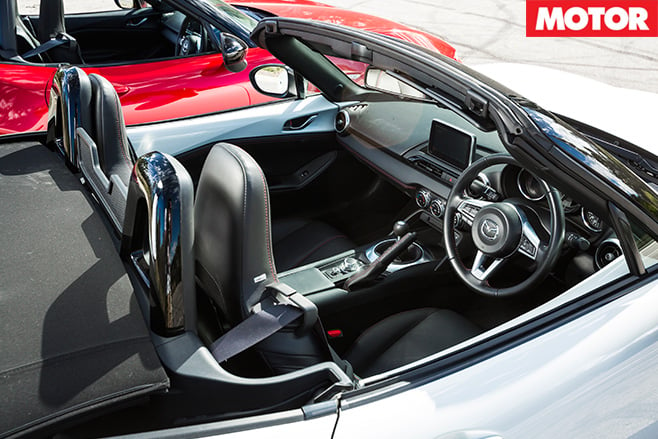
So, verdict. Just $2500 separates two very different cars. Grab the 1.5-litre if you can tell the NA from NB, NC from ND and if you talk in power-to-weight figures rather than kilowatts or 0-100km/h times.
It takes patience and experience to punt the 1.5-litre fast, and if you don’t know how at the start, and are keen to learn, you’ll come out the end a better driver. And it’s the truer MX-5: the simplified, purer driving tool that Mazda always intended to build. And of course you pocket a bit of coin grabbing it over the 2.0-litre.
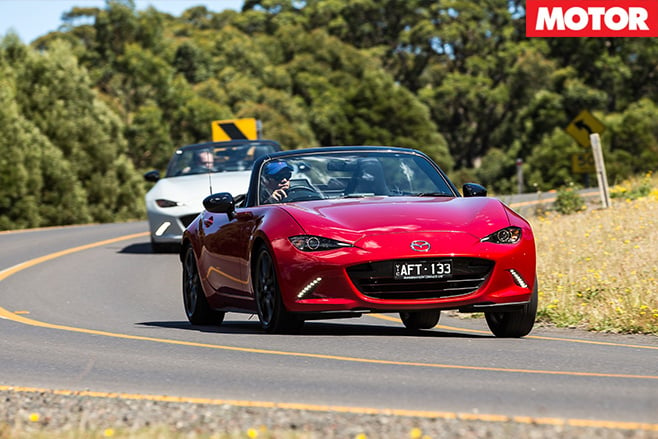
And at the end of the day, we’re still talking only 118kW and 205-section tyres here – something like a Ford Fiesta ST would still see it off up a twisty road. But the roof doesn’t come off a Fiesta ST, so if you’re grabbing an ND MX-5 get the ‘big block’: it’s the bit of butter we didn’t realise the bread needed ’til we tried.

